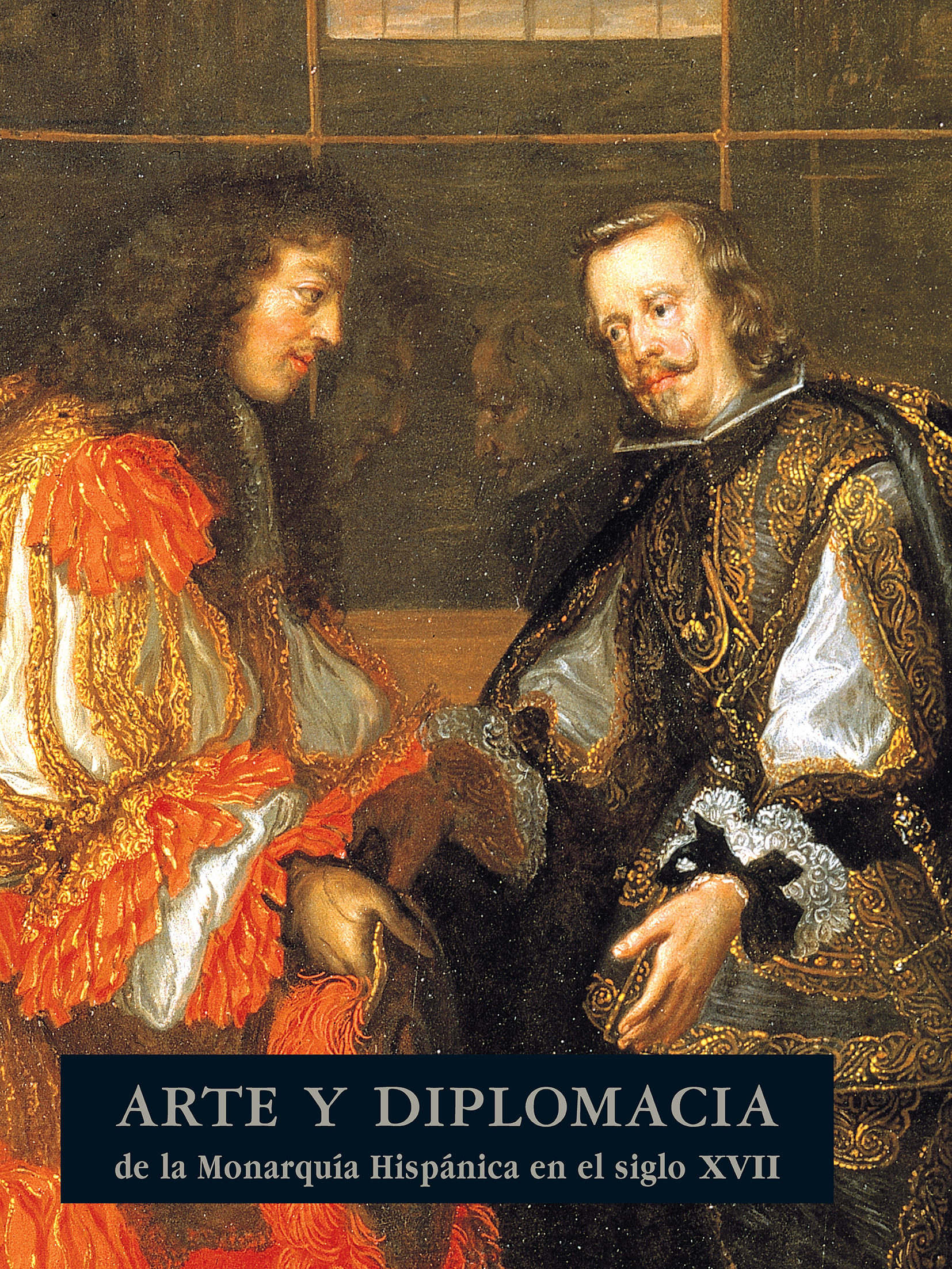Author
José Luis Colomer (dir.)
Characteristics
484 pages; 229 color illustrations; hardcover with jacket; 21 x 28 cm
Publication
Spanish, English, Portuguese, French and Italian; jointly published with Fernando Villaverde Ediciones with the collaboration of the Casa de Velázquez; preface by J. Brown; 2003
ISBN
84-933403-0-8
Price
€51,92
Buy on our site and save 5% until January 5 (Coupon code: NAVIDAD 2025)
The diplomacy of the Spanish Monarchy –a field traditionally restricted to political history- has recently aroused great interest on the part of specialists in the study of court society and of fine art. During the seventeenth century, governors, viceroys, ambassadors and cardinals acted not only as intermediaries for the artistic interests of the king of Spain, but also sought to emulate the royal collecting practice in their own right. Research into the relationship between art and diplomacy has shown that, together with the artists themselves, the people who commissioned, collected, sold, and exchanged works of art played a fundamental role in the history of cultural expression. From their position of wealth and power they became arbiters of taste and fashion, and their intervention would be central to the process by which the work of certain artists and schools became sought after and disseminated across Europe.
José Luis Colomer holds a PhD in Comparative Literature from the University of Bologna and a degree in Art History from the Sorbonne. He currently directs the Centro de Estudios Europa Hispánica and the Center for Spain in America. His research addresses cultural relations between Spain and Italy in the seventeenth century through diplomatic agents and the exchange of gifts of artworks between the European courts and Spanish kings and queens, as well as Velázquez’s second journey to Rome and his connections with prominent Italians at the court of Madrid.
“Una visión caleidoscópica de las relaciones que mantuvo España con algunos de los principales centros artísticos de Europa, filtradas por las experiencias de los intermediarios que las facilitaron […] en el ejercicio de traducir a la realidad las ideas culturales”, Jonathan Brown, author of the preface

